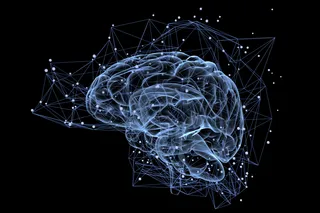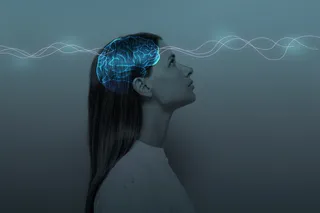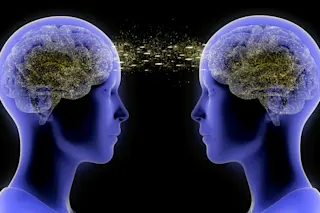To what extent does brain structure correlate with different psychological traits? An interesting new paper from Massachusetts General Hospital researchers Mert R. Sabuncu and colleagues uses a new method to examine what the authors call the 'morphometricity' of various behaviours and mental disorders. Sabuncu et al. define morphometricity as "the proportion of phenotypic variation that can be explained by macroscopic brain morphology" - in other words, the degree to which people with similar brains tend to be similar in a particular behaviour. Morphometricity is somewhat analagous to the concept of heritability from genetics. Using FreeSurfer software and the statistical technique of linear mixed-effects (LME) modelling, the authors examined over 3,800 structural MRI scans, pooled from 9 studies. Sabuncu et al.'s analysis was based on calculating an anatomical similarity matrix (ASM) across the individual brains. The ASM represents the "global morphological resemblance between pairs of individuals in the sample". Essentially, the ...
How Well Does Brain Structure Predict Behaviour?
Discover how brain structure and psychological traits are linked through morphometricity in a groundbreaking study.
More on Discover
Stay Curious
SubscribeTo The Magazine
Save up to 40% off the cover price when you subscribe to Discover magazine.
Subscribe












